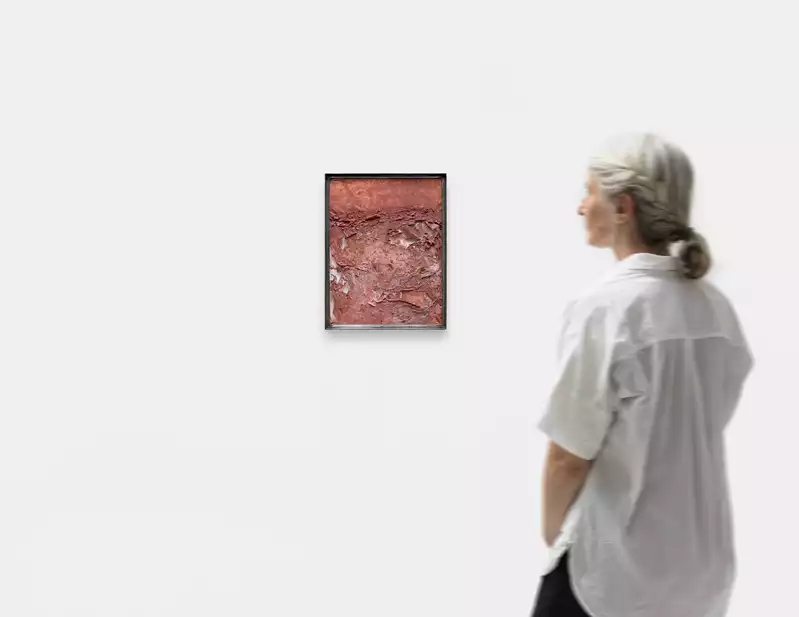
“Faces” by Mire Lee
Where: Sprüth Magers
When: Through October 25
Why It’s Worth a Look: Mire Lee’s bare, effervescent works see the grotesque affect of the body meet the poetic nature of art. Known for her imposingly primordial kinetic installations, Lee shifts mediums in “Faces,” presenting small-scale paintings constructed from industrial materials. Here, she explores trauma, arousal, and the impact of both on the human form—repelling and seducing her audience at once.
Know Before You Go: In an interview with Kim Gallery, Lee revealed that attending art school was something of an accident: After failing math and missing out on acceptance to a prestigious university—a crucial marker of success in Korea—there seemed to be no other choice but to enter the arts.
“#34” by Rebecca Morris
Where: Regen Projects
When: Through October 25
Why It’s Worth a Look: Across her 30-year career, Rebecca Morris has devoted herself to subverting traditional modes of composition, inventing new motifs and structures in line with her belief that art should disrupt. At Regen Projects, she showcases paintings where forms, patterns, and colors come together in what looks like a found archeological form—inviting hours of study in an attempt to decode the secrets Morris has embedded within it.
Know Before You Go: In 1994, Morris wrote Manifesto: For Abstractionists and Friends of the Non-Objective, where, in a blank verse format, she praised macramé, honored Suprematism, and declared triangles as friends. Its most memorable directive? “Make work that is so secret, so fantastic, so dramatically old school/new school that it looks like it was found in a shed, locked up since the 1940s.”
“Ordinal Reject” by Lukas Geronimas
Where: Parker Gallery
When: Through November 1
Why It’s Worth a Look: In this solo, Lukas Geronimas reworks architectural hardware into wall-mounted pieces adorned with chains and hanging “lures,” pushing on the porous boundary between utility and aesthetic. Figurative sculptures crowded in the center of the space further challenge the notion of idolization—a practice both historical and, perhaps, contemporary.
Know Before You Go: Materiality lies at the center of Geronimas’s practice, as he expands the bounds of sculpture through found or gifted objects, reworked and recycled to the point of obscurity.
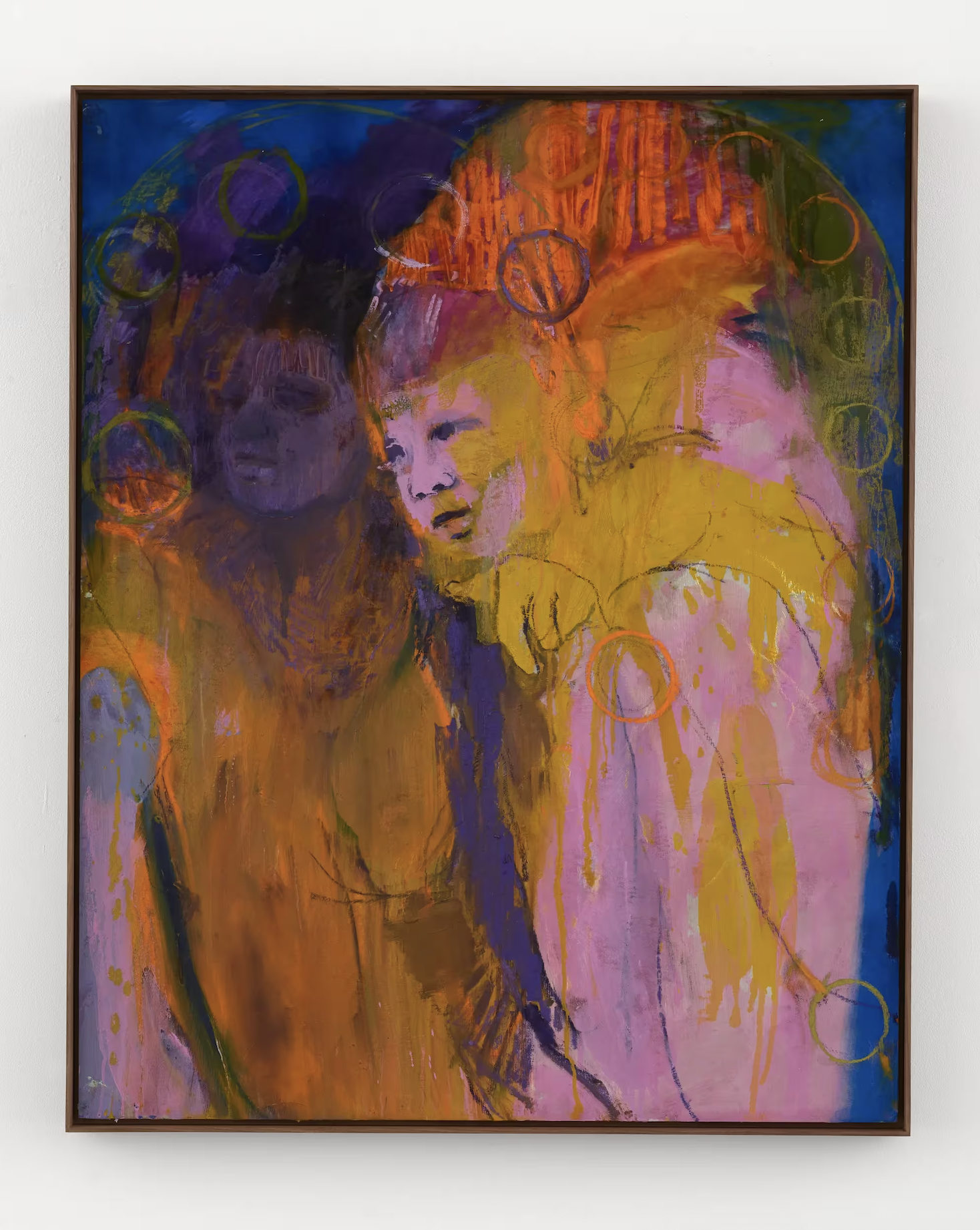
“Long Loops” by Christina Kimeze
Where: Hauser & Wirth
When: Through October 4
Why It’s Worth a Look: Christina Kimeze’s enchanting paintings have a religious quality to them—mystical figures with expressive features drown in almost tangible bath of yellows and purples. This sense of tactility is achieved through their suede matboard foundation and a combination of techniques that layer dry chalk and paint on top of one another in equally chaotic and measured strokes.
Know Before You Go: Kimeze’s work explores the “in-between space,” as she calls it, which resides in the midst our various emotional worlds and the feeling of “otherness” that arises from interpersonal tension. The saddened figures in her paintings are as confused and detached from their interiority and turmoil as we often are.
“A Different Kind Of Abstraction” by Herman Cherry
Where: Sebastian Gladstone
When: Through October 25
Why It’s Worth a Look: Cherry, born at the rise and passing at the dawn of the modernist 20th century, socialized in France with the likes of Joan Mitchell and Paul Jenkins, and studied under American visionaries Stanton MacDonald-Wright and Thomas Hart Benton. His work, a vivid and expressive incarnation of abstract expressionism, reflects both his multifaceted life and revolutionary use of color. Nearly a century after his prime, Cherry’s paintings remain relevant and commanding.
Know Before You Go: While drinking whisky in Paris, Cherry met Henri Breuil—an authority on cave art. The primeval drawings Cherry saw in the Lascaux Caves deeply astounded him and remained a source of inspiration throughout his career.
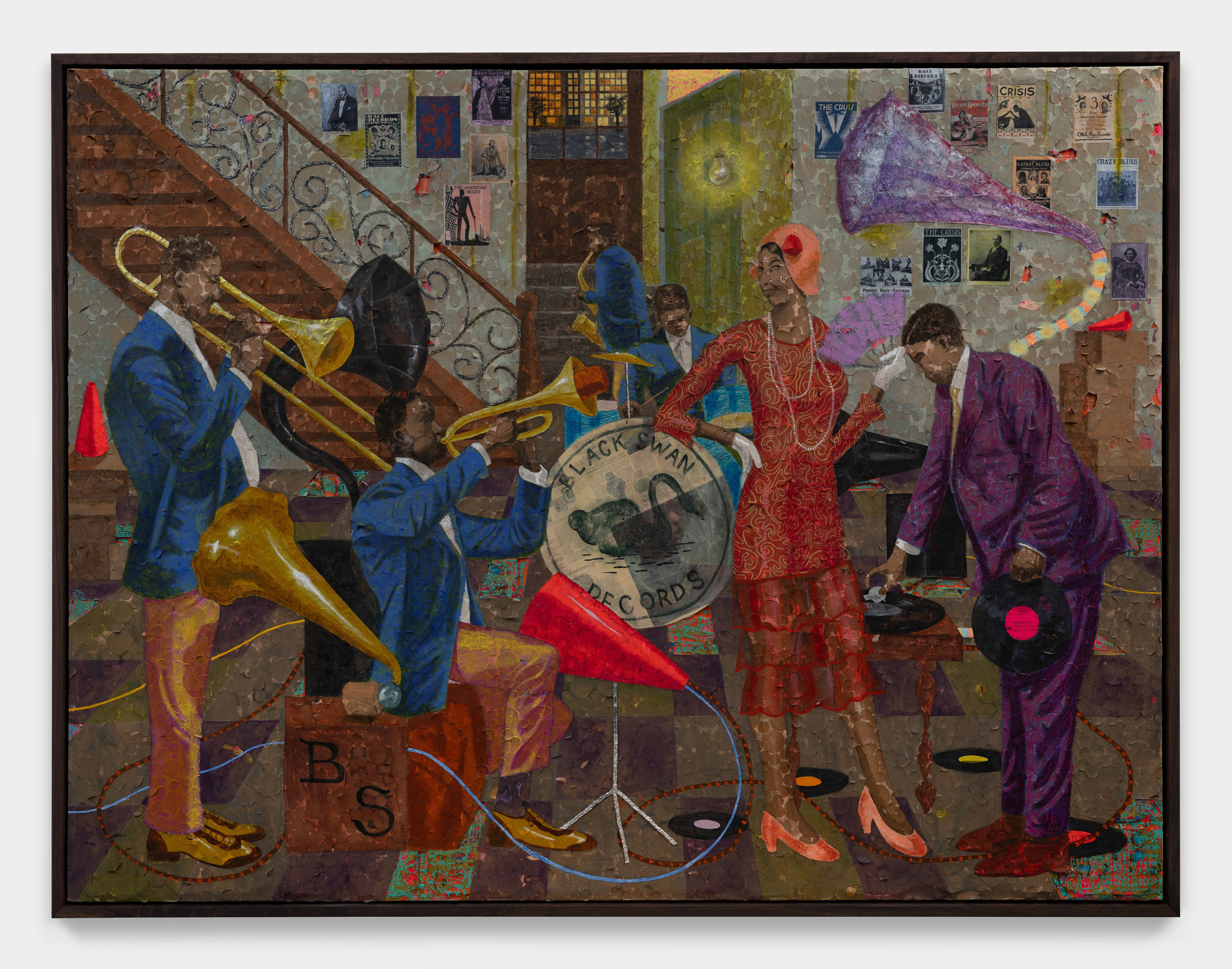
“Nightsong” by Derek Fordjour
Where: David Kordansky Gallery
When: Through October 11
Why It’s Worth a Look: This multimedia collaboration between artist Derek Fordjour, WHY architect Kulapat Yantrasast, and a range of artists, musicians, and performers results in an immersive, multi-sensory installation—an experience Fordjour calls a “giant musical box in the dark.” With Nightsong, Fordjour traces the history, rise, and evolution of Black music through audio tracks, video, mud-caked walls, patchwork quilts, and more.
Know Before You Go: The gallery assures that “no two viewings will be exactly alike,” as the installation ricochets between celebrating Black artistry and mourning over lost, stolen, or suppressed work. “Nightsong” is open at night from 6-10 p.m., Tuesdays through Saturdays.
“Hélio Oiticica”
Where: Lisson Gallery
When: September 17 – November 1
Why It’s Worth a Look: In this first LA exhibition dedicated to late modernist Brazilian pioneer Hélio Oiticica, visitors can trace the artist’s creative journey, marked by his fascination with European constructivism and his exploration of multiple mediums. His work is infused with the ideals of music and mid-20th-century Brazilian poetry—resulting in immersive geometric installations filled with color, motion, and presence.
Know Before You Go: Oiticica became an essential member of the Rio de Janeiro-based avant-garde art collective Grupo Frente before even reaching the American legal drinking age of 21.
“Per Kirkeby: Natures Mortes”
Where: Michael Werner Gallery
When: September 19 – November 8
Why It’s Worth a Look: “Natures Mortes” features still-life paintings by the late Danish artist Per Kirkeby, who, midway through his career, faced a not-so-uncommon artistic crisis of faith. He overcame it—against all odds—through the memoirs of polar explorer Fridtjof Nansen, the “theatrical” art of Caspar David Friedrich, and the still-life works of Dutch master Willem Claesz. Heda. This exhibition brings together Kirkeby’s paintings, infused with subtle influences from these artists, reflecting his own ordeal and search for artistic purpose. His landscapes, expressive and monumental in scale, stand as a testament to the depth of his artistic journey.
Know Before You Go: Kirkeby was a man of many talents, pursuing writing, poetry, and filmmaking in addition to painting and sculpture. His early years were also marked by an interest in geology and the environment, almost setting him on the path of a geologist when he enrolled at Copenhagen University to study natural history. These interests persisted, but ultimately Kirkeby took a more creative path.
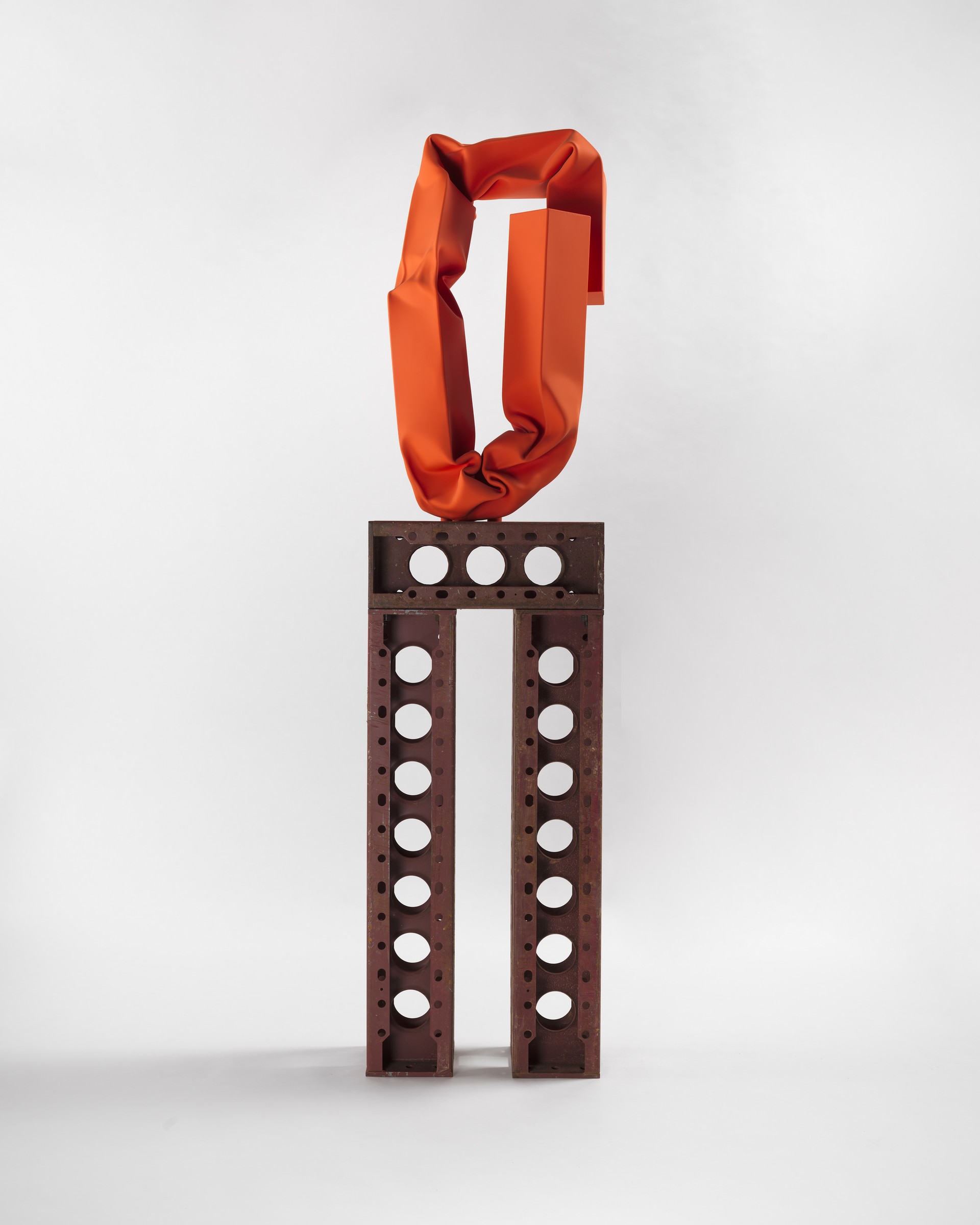
“Nights of Cabiria” by Carol Bove
Where: Gagosian
When: September 25 – November 1
Why It’s Worth a Look: Carol Bove’s bright, large-scale metal sculptures surprise in everything from their titles (The Ascent to Heaven on a Dentist Chair) to their makeup. Drawing from modernist formalist principles that emphasize primary elements like form, line, color, and composition, Bove expands these ideas by weaving in her interest in found objects, hardware, and architectural or construction sites.
Know Before You Go: These works look at LA through a Cold War–era lens, crafting installations embedded directly into the gallery’s own architecture. Layered with cinematic references and industrial motifs, the show offers a poetic reflection on the city’s signature aura of spectacle.
“It Smells Like Girl”
Where: Jeffrey Deitch
When: Through November 1
Why It’s Worth a Look: The artists in “It Smells Like Girl” dissect the historically weaponized notion of female hysteria—never a diagnosis but always a stigma—born from the pressures, anxieties, and fears placed on the female body. Its traces still persist today, resurfacing in gender essentialist spaces and movements. The works here reclaim hysteria as a radical strategy to reveal hidden fractures in society. Through pieces that privilege sensation, unease, and spectacle over simplicity, the exhibition frames instability not as weakness but as a necessary force.
Know Before You Go: In the laundry list of participating artists, expect to find a diverse range of talents including Kelly Akashi, Tosh Basco, Nadia Lee Cohen, Meriem Bennani, and Isabelle Albuquerque.
“Eddie Rodolfo Aparicio”
Where: Commonwealth & Council
When: September 27 – October 25
Why It’s Worth a Look: Eddie Rodolfo Aparicio’s practice revolves around LA, where he lives, Central America, where he was born, and creating large-scale installations by layering and combining materials like rubber, sulfur, tree bark, paint residue, wood glue, and textiles. Through this process, he foregrounds questions of memory, migration, ecology, and decolonization, treating both place and material as living archives of community and resistance.
Know Before You Go: Text runs through much of Aparicio’s practice, appearing in nearly every work. For him, words are not just a contextualization, but an integral layer in his palette—shaping the intention behind each piece and amplifying the impact.
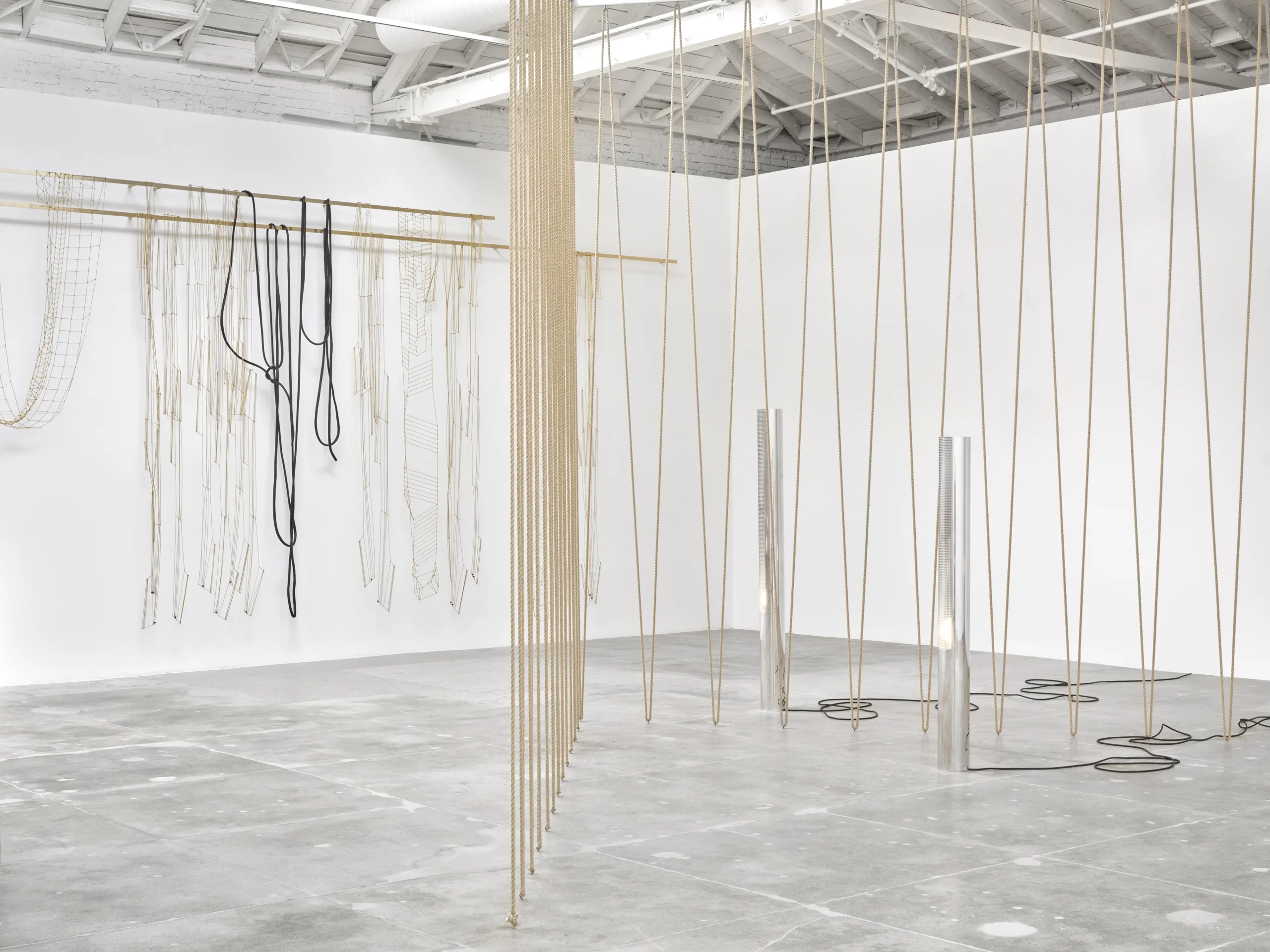
“discrepancies with W.W. (extended)” by Leonor Antunes
Where: Marian Goodman
When: Through October 18
Why It’s Worth a Look: For her immersive interior installations, Leonor Antunes first conducts thorough historical and cultural research, often drawing from the histories of modernism and its female protagonists. She works with a variety of sources and archives, striving to tell untold stories through unconventional materials, lines, and forms—creating alluring linear patterns and structures that become an archive of their own.
Know Before You Go: One such historical reference can be seen in Antunes’s use of rope. Her inspiration for the medium came from a staircase where it was similarly employed—an invention by Hungarian-British architect Ernő Goldfinger, known for his Brutalist buildings.
“American Dream” by Luis Jiménez
Where: Matthew Marks Gallery
When: Opening September 20
Why It’s Worth a Look: This is the first LA solo of late sculptor Luis Jiménez in more than 40 years. With a title that has found new relevance, it brings together works emblematic of Jiménez’s practice and philosophy, rekindling the spark of curiosity with which he always examined American culture. Cowboys, cars, and nude models were long his subjects of fascination, resulting in bright, Pop Art–esque, at times inscrutable, sculptures that merged his Mexican heritage with the influence of his home in the American South.
Know Before You Go: American Dream is also the title given to a cast fiberglass sculpture depicting a nude blonde woman with vivid blue eyeshadow fused with a bright red Volkswagen Beetle in a loving embrace. Think Crash, a freeze-frame made tangible.
“The Poetic Dimension” by James Casebere and Jose Dávila
Where: Sean Kelly Gallery
When: Through November 1
Why It’s Worth a Look: In this dual exhibition, sculpture meets photography through a shared devotion to reflecting on and celebrating the work of Mexican architect Luis Barragán. In his photography, James Casebere experiments with space, altering the settings of his camera to explore dimension and architecture beyond its form and function. His exhibition partner, Jose Dávila, for whom Barragán was an early inspiration, engages with the master most evidently through the use of color: featuring bold chromatic palettes in his work, reminiscent of the traditional structures of Mexico.
Know Before You Go: Barragán’s most famous building, Casa Luis Barragán, is the only building in Latin America to be added to the UNESCO World Heritage list.
“Calvin Marcus”
Where: Karma
When: September 20 – November 1
Why It’s Worth a Look: Calvin Marcus, a Los Angeles-based artist, is a modern-age surrealist, who incessantly questions uncomfortable subjects of psychology and society in his probing works. Across a wide range of media, he creates visually unsettling pieces that tackle the complexities of our social mores with humor and satire.
Know Before You Go: Grass is a recurring character in Marcus’s work. The repeated presence of weeds and plants forms an artificial, uncanny image of the natural world.



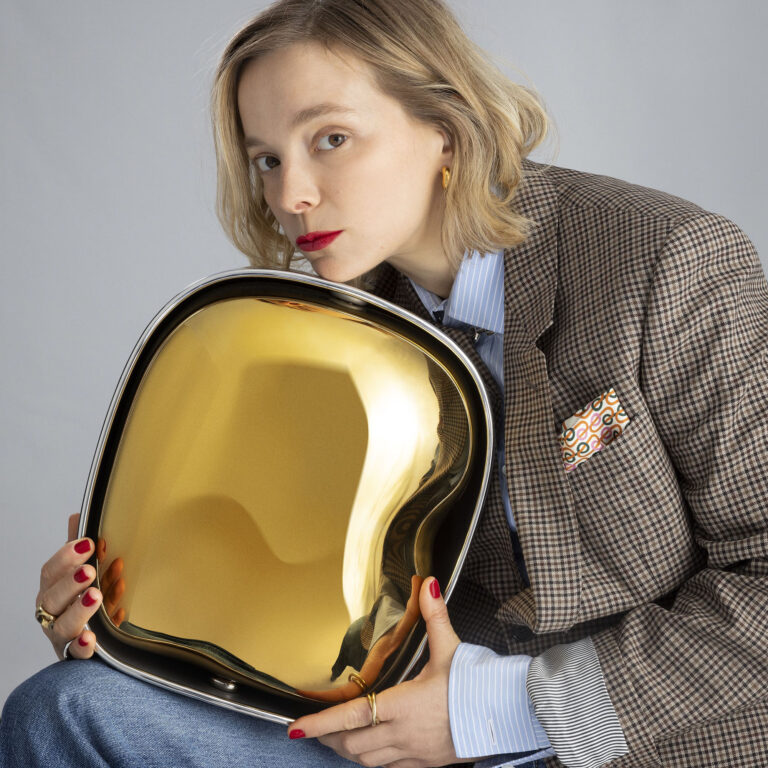


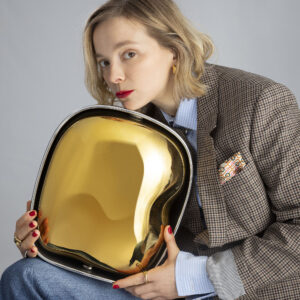



 in your life?
in your life?

